Give Your Screen Another Go
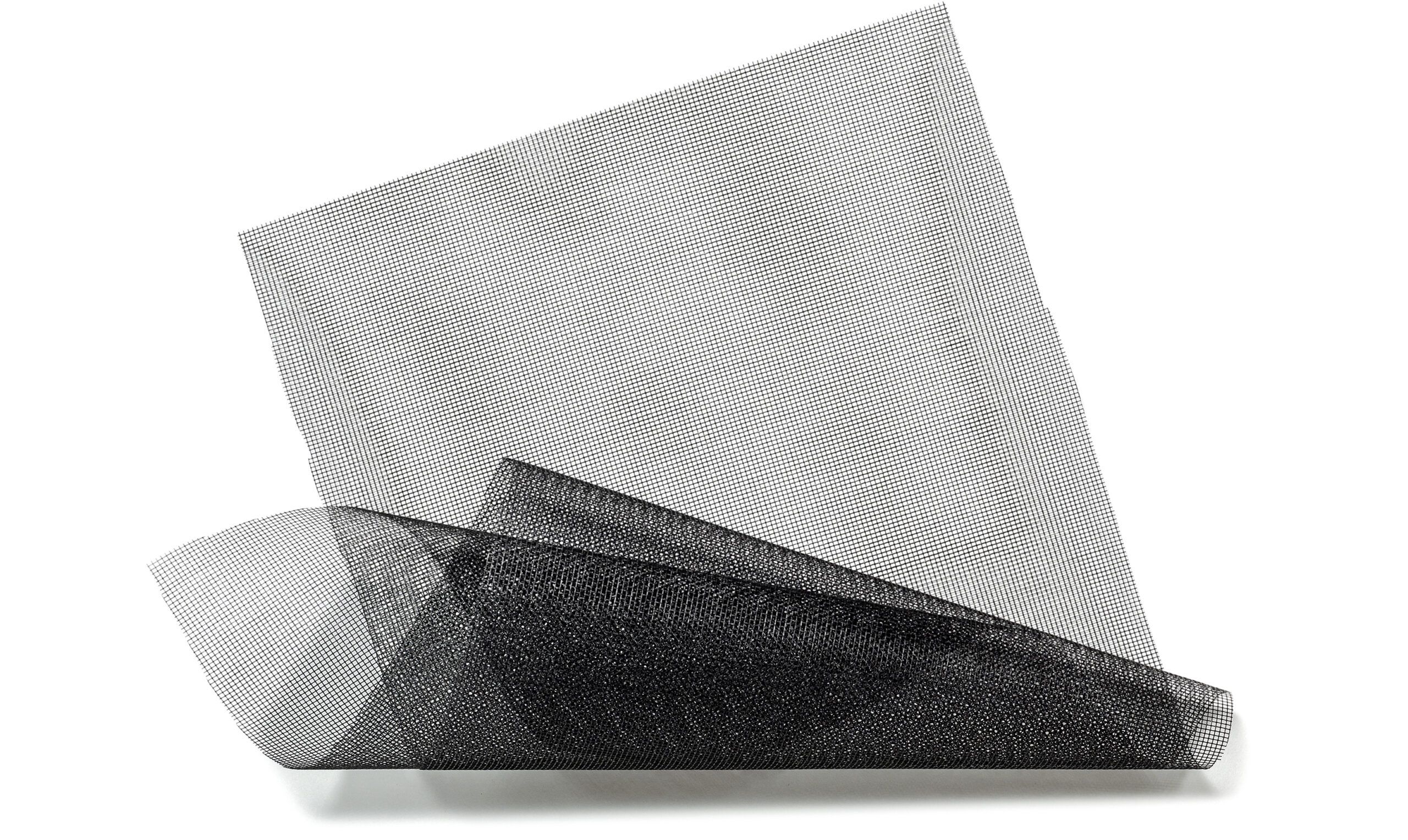
When window screens stop repelling insects, and it seems like it’s time to toss them in the trash, stop and consider that they might be useful elsewhere in the house. Mesh is an incredibly versatile material that can help you to strain paint, keep your garden green, or prevent drain clogs. Read our guide below for 10 ways you can reuse window screens.
1. Protect Newly Seeded Grass
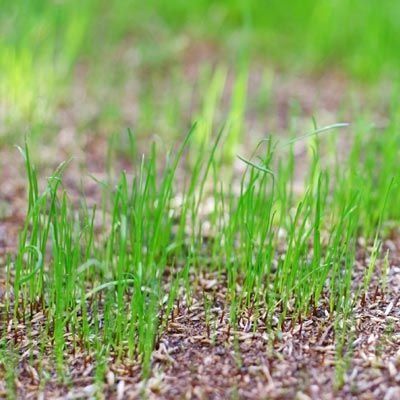
Protect newly seeded grass by using old window screens as a barrier against hungry birds or other wildlife. This do-it-yourself solution will still allow sunlight and water through, and will keep your lawn lush without the use of chemicals. Follow the steps below.
- Cut the screen to fit the newly seeded area.
- Secure the edges with landscape staples or long nails.
- Remove the screen once the grass blades have sprouted to about 1 inch in height.
2. Prevent Drain Clogs
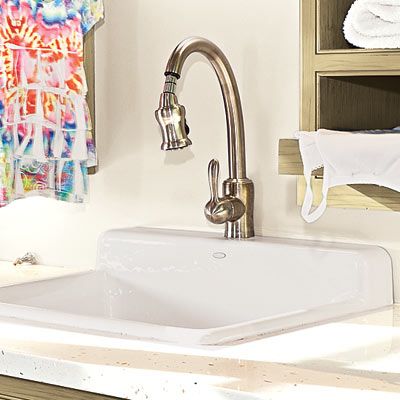
Use old window screens to stop drain clogs. Screens can catch debris before it enters plumbing, and help to prevent damage and expensive repairs. This can be a perfect tool for workshops, garages, laundry rooms, or kitchen sinks. Follow these steps to make your own clog-stopper:
- Cut a small piece of screen to fit the drain opening.
- Gently push the screen into place so that it creates a slight dome shape.
- Replace the screen when it becomes too dirty or clogged.
3. Scrub Your Skin Clean

A slice of window screen can be a cheap, effective, and gentle method of scrubbing your skin to remove dried paint or grease. Don’t scrub too hard with this exfoliator, though, or you may irritate or damage your skin. Test the scrubber on a small area first, and stop using it if it becomes uncomfortable. Follow the more specific directions below.
- Cut a small square of screen that’s about 4 inches on each side.
- Wet your hands and the screen with warm water.
- Gently rub the screen over your hands in a circular motion.
- Rinse thoroughly, and follow with moisturizer.
4. Sift Unmixed Grout
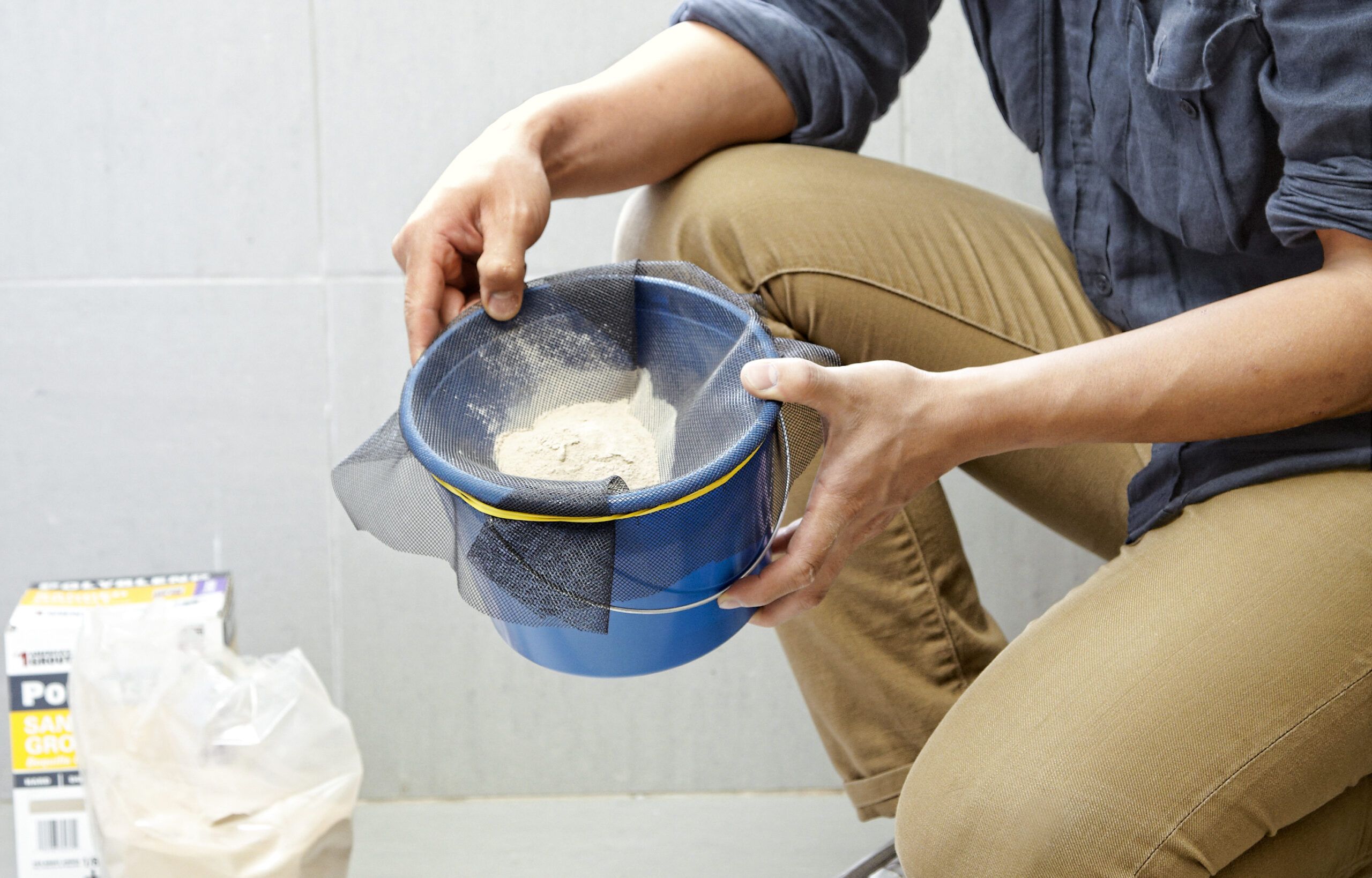
A screen can help you to sift grout and complete your tile project with a smooth, professional finish. This technique also works well for other fine powders and fillers. Follow the steps below for an especially neat look.
- Cut a screen piece that’s slightly larger than your mixing container.
- Place the screen piece over the container so that it makes a slight dip in the center.
- Pour the dry grout powder through the screen.
- Tap the sides gently to encourage flow.
5. Dry Herbs

You can build a simple herb-drying rack with an old window screen and a wooden frame. Keep your DIY drying rack somewhere warm but out of direct sunlight. This will promote air circulation, prevent mold, and keep flavors and scents locked in. Follow the steps below to make your own rack:
- Build or repurpose a wooden frame that’s slightly larger than your screen.
- Staple the screen so that it’s taut across the frame.
- Position the frame so that the wood side is down on supports.
- Spread herbs in a single layer across the screen.
6. Keep Critters Out

Old window screens can help you to block small holes or gaps through which pests might enter your home. You can typically find these under sinks, between exterior walls, or between deck boards.
Cut the screens to size, and gently push them into the openings with a putty knife. This method provides a physical barrier that eliminates the need for harmful chemicals. Paint over screens to blend them in to surrounding areas.
7. Make Compost Tea

Compost tea is a nutrient-rich liquid fertilizer that can boost plant growth in your vegetable gardens, flower beds, or potted plants. You can create a simple compost tea bag using window screen material, which will allow healthy liquid through and strain larger chunks. This will amount to the perfect brew for your plants. Follow the steps below to make compost tea:
- Cut a 1-foot square of screen.
- Place a half-pound of compost in the center.
- Gather the edges of the mesh, and tie them tight with twine.
- Completely cover this bundle in a 5-gallon bucket of water.
- Stir it each day for about a week.
8. Give a Sponge Scour Power
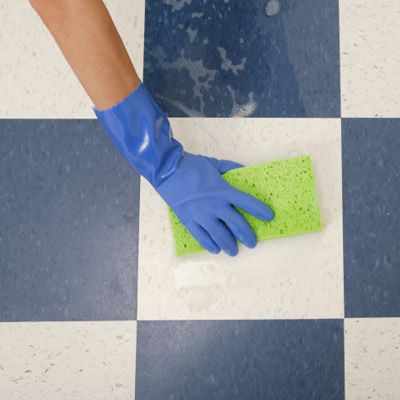
Transform a regular kitchen sponge into a powerful scrubbing tool by wrapping it in window screen material. This DIY scrubber is great for tackling tough cleaning jobs in the kitchen or bathroom, and provides extra abrasion without damaging surfaces. Create your new tool by following the steps below.
- Cut a piece of screen that’s large enough to wrap around your sponge.
- Wrap the sponge in the screen material.
- Tie both ends with string or rubber bands.
9. Strain Old Paint
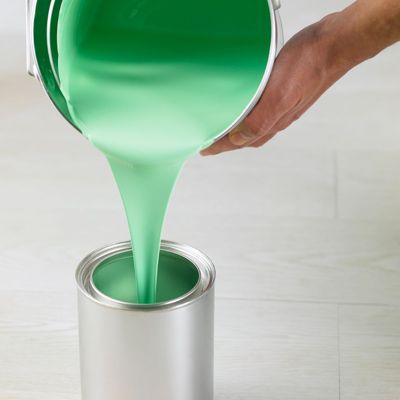
You can use a piece of window screen to strain old paint. Follow the steps below to save some money during your next renovation project:
- Place the screen over a clean bucket.
- Pour the paint through the screen slowly.
- Gently tap the screen to encourage flow.
10. Keep Soil Inside a Flowerpot
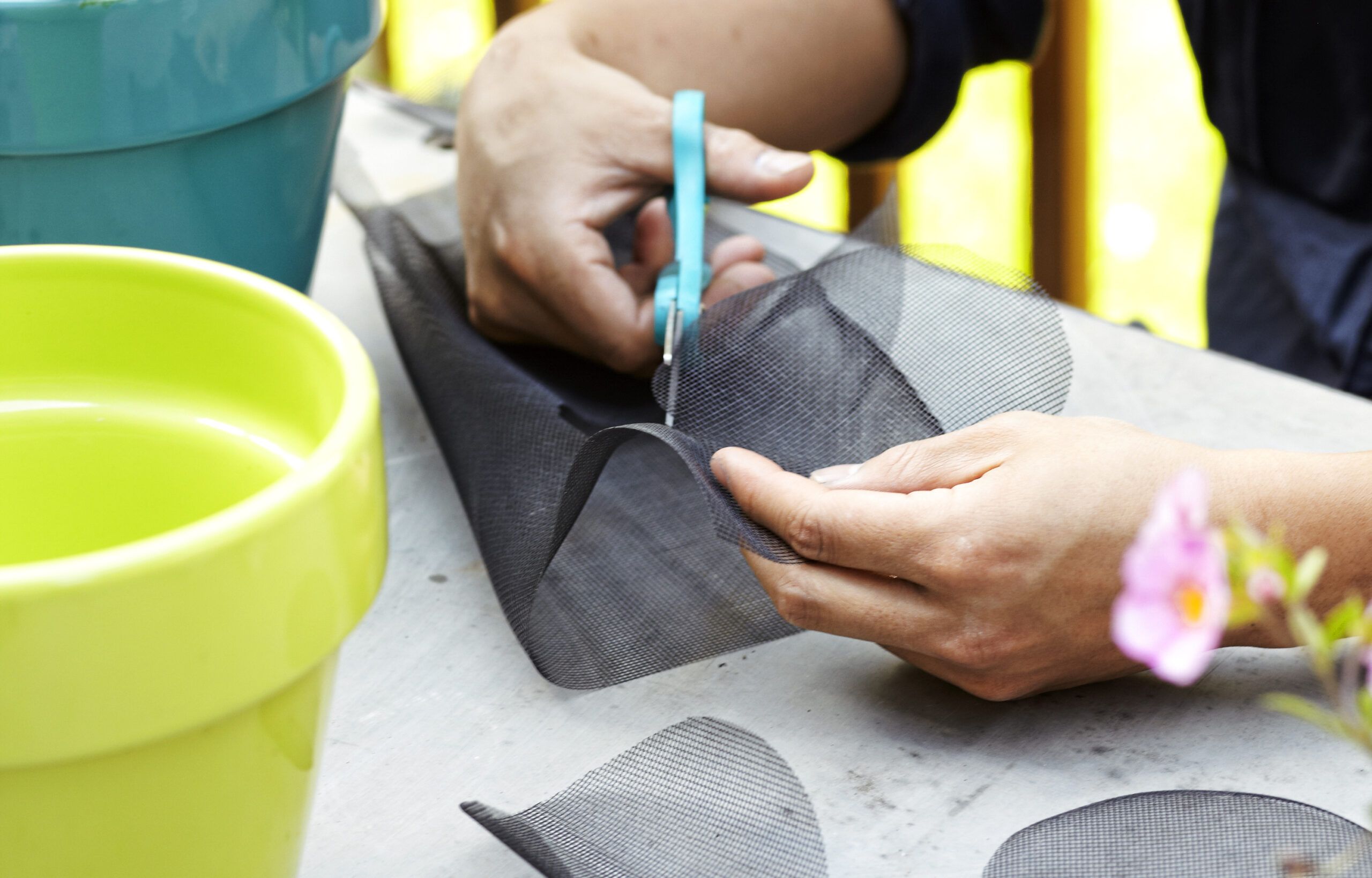
Line the bottom of your flowerpot with an old window screen to keep soil from falling through drainage holes while you water your plants. This technique keeps nutrients in the pot, and saves you cleaning time. Follow the steps below to strengthen your flowerpot:
- Cut a piece of your old screen into a circle that’s slightly larger than the pot’s base.
- Place the screen inside the pot, then add soil.
- Trim any excess screen around the edges.

